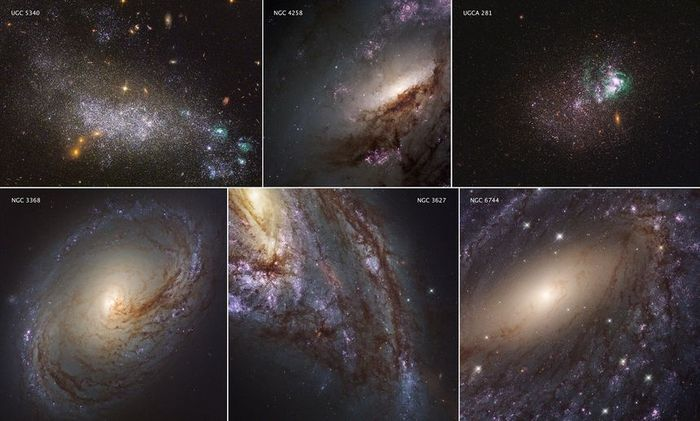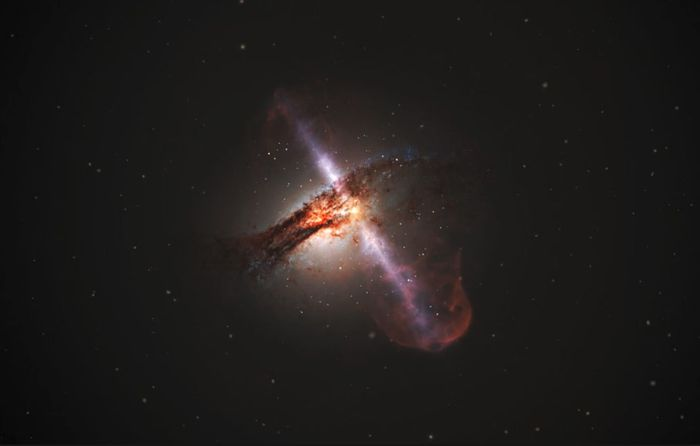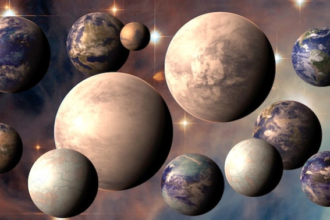Astrophysics has learned to estimate the quantity of interstellar dust in the nearest galaxies on the range of distribution of ultraviolet radiation from ionized hydrogen.
The study was done with information from the Hubble telescope. During the research, the scientists analyzed the structure of 14 galaxies located in relative proximity to Earth.

Astrophysics paid the main attention to the distribution in radiation of a series of Lyman. This ultraviolet radiation results from hydrogen transition from the unexcited condition. Atom transition from the lowest in the basic leads conditions to photon radiation with a wavelength of 121,6 nanometers. This length of a wave is called an alpha as the hydrogen line. Its essential property is that such radiation is repeatedly reradiated before leaving a galaxy’s limits and reaching the Earth. As a result, spherical galaxies in a range of the alpha line often observe gala radiated by interstellar gas.
In the new work, the scientists showed that the size of this gala, which sometimes considerably exceeds the dimensions of the nearest galaxies, can tell about the quantity in it to a cloud of interstellar dust. The authors established that the higher the dust, the less distance overcome by hydrogen radiation. Therefore, knowing the sizes of the gala, it is possible to specify the relative contents in a galaxy of interstellar dust.
The Hubble telescope has been in orbit since 1990. It makes observations in the optical and ultraviolet ranges. According to the scientists, with the termination of the telescope’s mission and before the introduction in a system of the new “James Webb” system, astrophysics will not have the opportunity to receive images in the ultra-violet range with high resolution, which is now provided by Hubble telescope.








